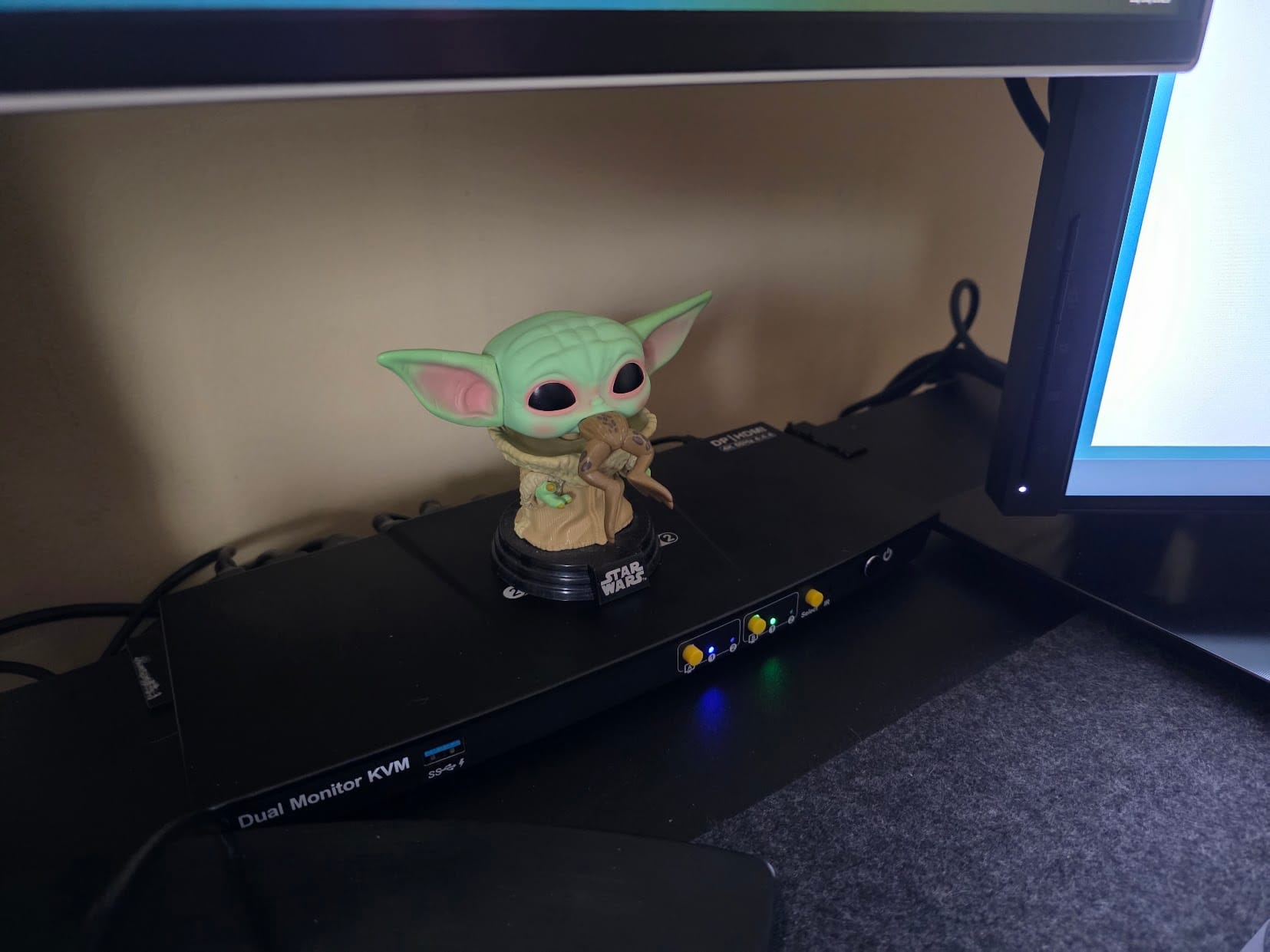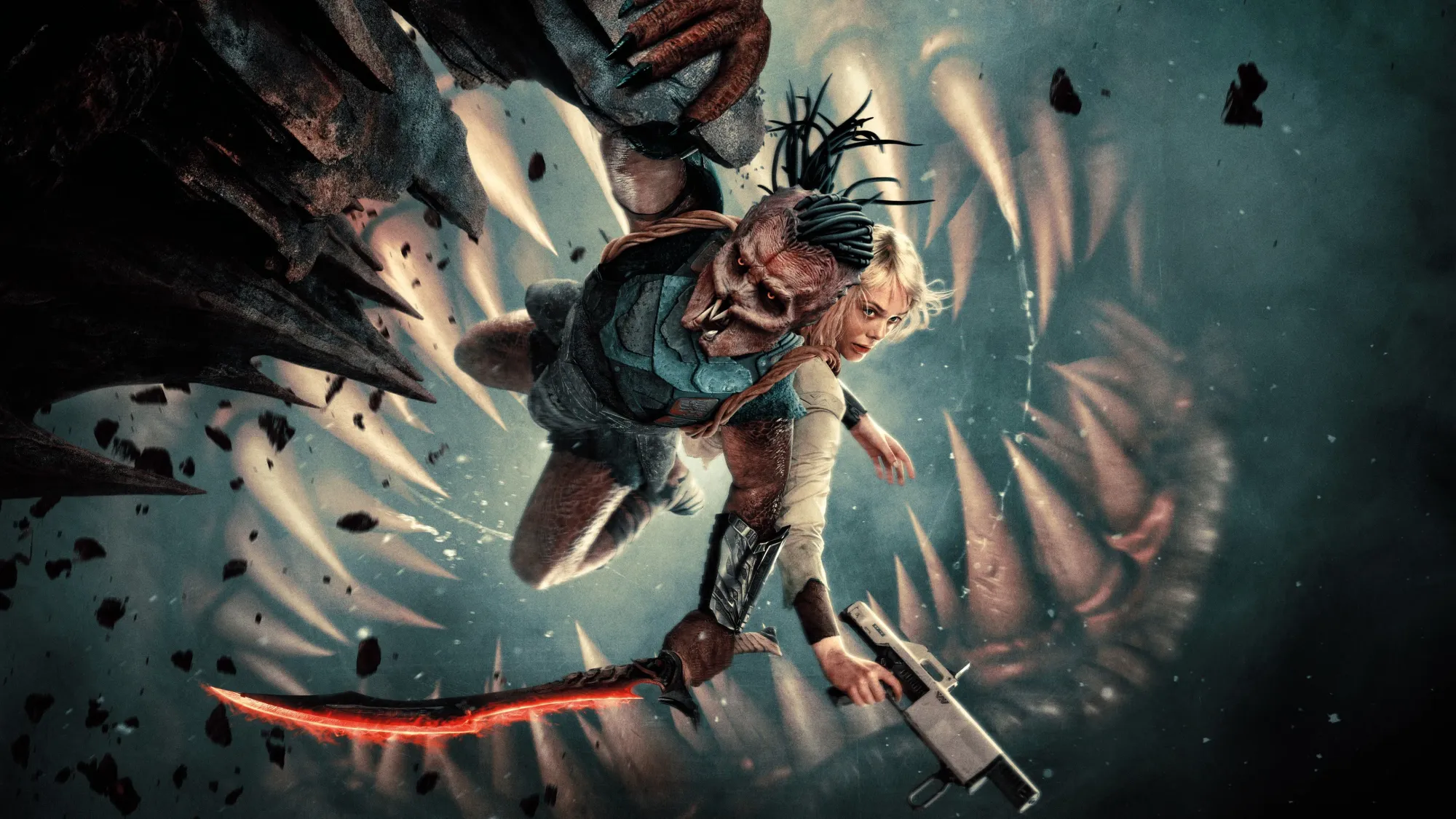I decided to get a TESmart 2 Port Dual Monitor KVM Switch for my setup.
Previously, I used a single ultra-wide monitor with two PCs (work and personal) sharing the same keyboard and mouse. I would have to manually switch every device whenever I switched PCs.
Now, I added a second monitor and this KVM switch. I can push a button (or use a keyboard shortcut) to easily switch all my devices between my two PCs.
I love it!
Not only do I now have more screen real estate, but I don't need to waste time switching workspaces.


